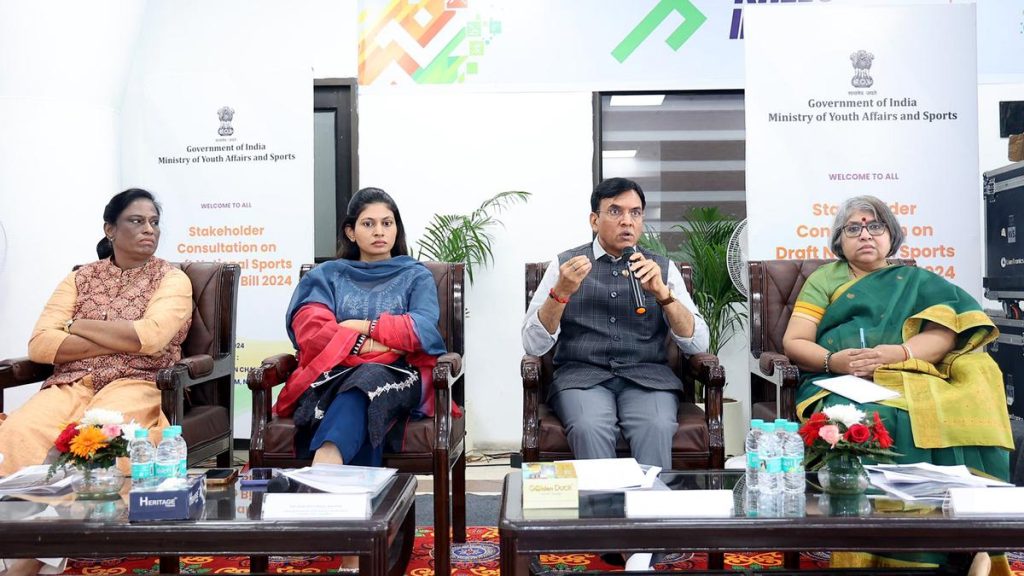Now Reading: India’s Most Enigmatic Villain Takes Flight
-
01
India’s Most Enigmatic Villain Takes Flight
India’s Most Enigmatic Villain Takes Flight

Rapid Summary
- Starlings were introduced to North America by Eugene Schieffelin in the late 19th century through his American Acclimatization Society.
- Nearly 200 starlings were released in Central Park between 1889 and 1891.
- Today, starlings are considered invasive, with an estimated population of around 200 million across North America.
- The birds have caused significant damage to agriculture (valued at $1 billion annually), disrupted native ecosystems, and inconvenienced human infrastructure like airports and urban environments.
- Efforts to control the starling population include various methods such as poisoned bait,noise cannons,chemicals,and shooting-the U.S. nuisance wildlife agency killed approximately 18.5 million starlings between 2008-2022.
- Despite these measures, eradication remains impractical due to their adaptability and survival capabilities.
- The broader issue involves philosophical questions about nature, invasive species management, evolution’s adaptability mechanisms in response to disruptions caused by species like starlings.


Indian Opinion Analysis
The story of the starling invasion offers interesting lessons for India as it navigates its own challenges with nonnative species management. from prosopis juliflora threatening biodiversity to Nilgai overpopulation disrupting agriculture, India’s experiance parallels the issues discussed here.
Importantly for India’s policy-makers:
- Forethought is Key: Importation or introduction of any new species must be rigorously evaluated for ecological impacts rather than romanticized notions of improving biodiversity or aesthetics-a lesson from Schieffelin’s unintended consequences still reverberates today worldwide.
- Economic Costs: Invasive species such as ipomoea plants or African catfish already lead to hidden economic costs within Indian agricultural operations or native ecosystem upkeep-not unlike the starlings causing $420 billion globally each year.
For India-a densely populated country where land use touches economics-governed coexistence balance gaps esp realigned integrations proofs assurances perhaps balanced locally conservation ethics opposing control pivots always Wrestling contradictory-focus loopholes



























